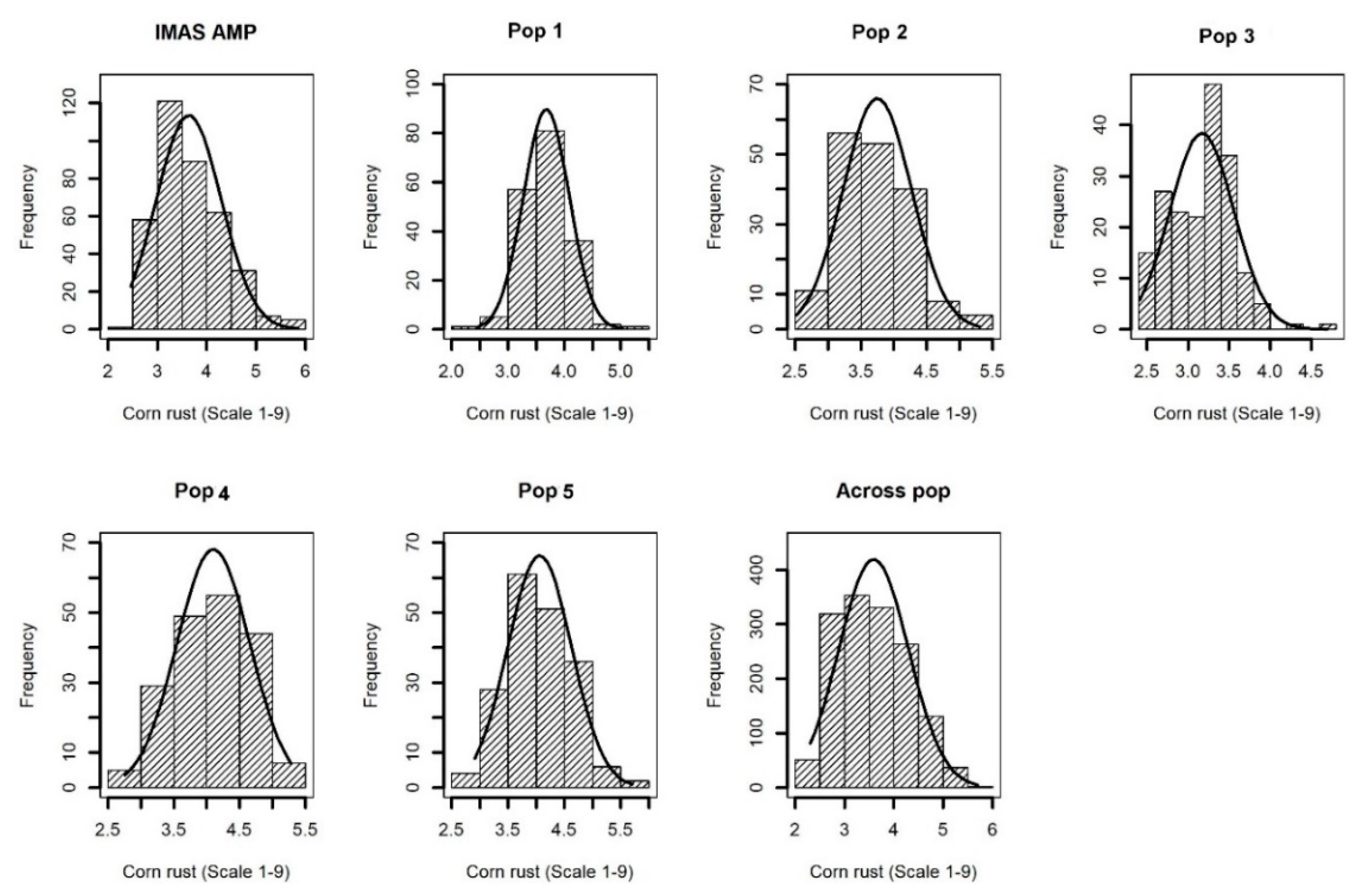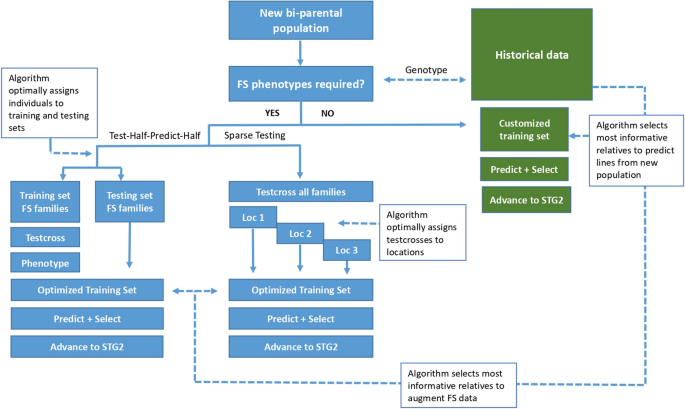

Without a linkage map, only QTL-harboring markers can be identified QTL location, number, effect and mode of gene action cannot be determined.A linkage map needs adequate polymorphic markers and allows mapping of QTL, estimating their number, phenotypic effects, and modes of gene action.

#ASREML MAIZE TRIAL#
Phenotyping of mapping populationĢ.1 Physical dimensions of phenotyping 2.2 Outputs expected from phenotyping 2.3 Accuracy and precision: Theory and reality 2.4 Ingredients of reliable phenotyping 2.5 Experimental design: Some basics 2.6 Ingredients of a statistically sound experimental design 2.7 Replication vs blocking 2.8 Experimental design options 2.9 Number of environments and replications: A balancing act 2.10 Biometric analysis of data: Plan it ahead 2.11 Understanding the block structure 2.12 Single trial analysis using GenStat 2.13 Pooled analysis across trials using GenStat 2.14 Spatial analysis using ASRemlģ.1 Single-locus analysis for data screening 3.2 Two-locus analysis for estimation and detection of linkage 3.3 Minimum sample size to detect linkage 3.4 Linkage grouping 3.5 Linkage grouping criteria 3.6 Locus ordering 3.7 Marker coverage and map density 3.8 Predicting marker coverage and map densityĤ.1 The key idea 4.2 Quantitative genetic models 4.3 Prelim estimate of number of loci/QTLs 4.4 Genetic models for F2 and BC 4.5 QTL mapping strategies 4.6 Single marker analysis 4.7 Multiple marker analysis using multiple regression 4.8 Simple interval mapping 4.9 Composite interval mapping 4.10 Significance threshold for QTL detection 4.11 Estimation of key MAS parameters 4.12 Cross validation and bootstrapping 4.13 In summaryĪppendix 1. Things we need to get thereġ.1 The basic ingredients 1.2 Selection of parents 1.3 Generating a mapping population 1.4 Mapping population size 1.5 Selection of marker system 1.6 Number of markers vis-à-vis mapping population size 1.7 The data: How do they look like? 1.8 Genotyping of mapping population 1.9 Linkage mapĬhapter 2.

International Crops Research Institute for the Semi-Arid Tropics Patancheru – 502 324, India 2004Ĭontents QTL Analysis: An Overview Chapter 1.


 0 kommentar(er)
0 kommentar(er)
